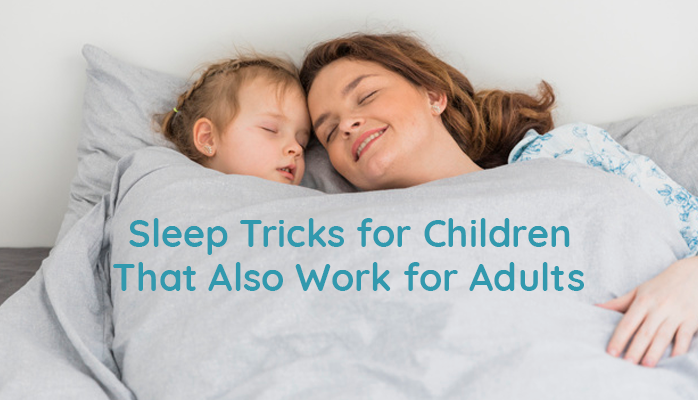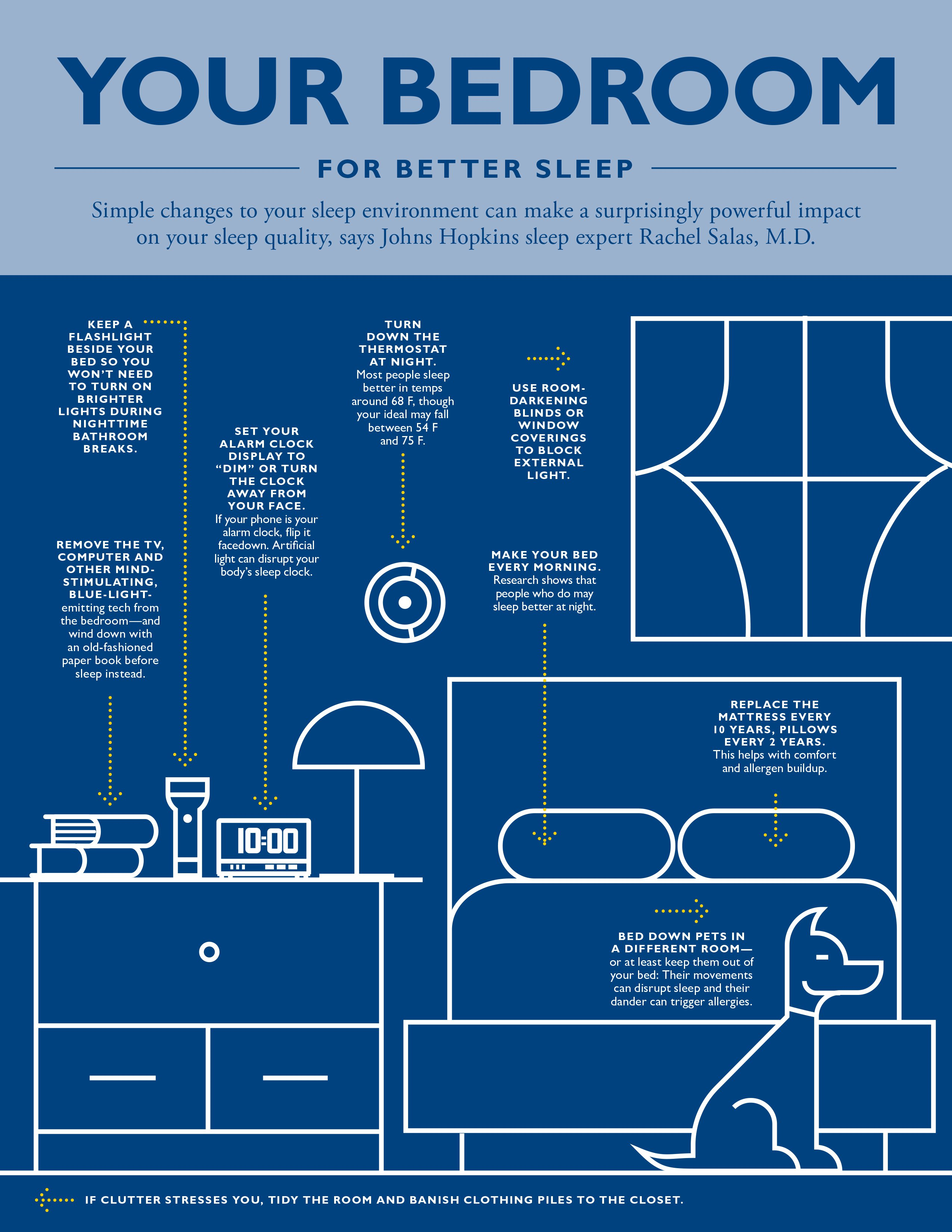
Teaching children how to sleep is well-documented. But can these same tricks work for adults? Websites that discuss sleep training for children are excellent resources for adults too. Not every trick will work, but many of the strategies are applicable to adults who struggle with sleep deprivation or falling asleep.
It might feel silly to use childish methods to establish good sleeping habits, but improved sleep can improve functioning:
- Physically
- Mentally
- Academically
- Socially
Here are 4 tricks we use on many children that also work on adults.
1. Tell Yourself a Story
We read or tell children stories before they go to sleep. Stories help our minds relax from the day. They provide a solid pre-bedtime routine that will further prime our bodies and minds for bed. You can use this same technique on yourself when you are attempting to go to sleep.
The easiest method for completing this is to:
- Lie in bed in a comfortable position
- Close your eyes
- Turn out your light
- Pick a topic or story to tell yourself
- Begin narrating in your head, just as if you were telling a child a story
As you tell your story, try visualizing it in your head. The nature of the story is not terribly important. But the technique of telling and visualizing a story has the purpose of relaxing your mind and caressing yourself into sleep.
2. Use White Noise
White noise can be particularly effective at keeping you asleep. Not only do many people report white noise as soothing and sleep-inducing, but will block out other more distracting noises that will wake you. You can use:
- A white noise machine
- A fan
- A white noise app
Two studies looked at the effect of white noise in adults and newborns and found that white noise blocks out other external sounds that could otherwise wake people up and three times more newborns fell asleep in 5 minutes using the white noise machine than not.
That being said, noise doesn’t work for everyone, and many people prefer absolute silence. But if you are in a noisy environment, such a city, you might try white noise to combat barring environmental noises.
3. Have a Bedtime
 Other things you can do to help promote sleep are dark, quiet rooms, no electronics, and investing in comfy bed
Other things you can do to help promote sleep are dark, quiet rooms, no electronics, and investing in comfy bed
Bed times aren’t just for children. Having a consistent bedtime that you rigorously follow is an extremely important part of setting your biological clock. Even on weekends, try to stick to your bedtime as closely as possible.
Of course, having a bedtime is easier said than done. Some of the hardest parts about sticking to a bed time are:
- Having children, who don’t always cooperate with your plans
- Having laptops and screens whose blue light suppresses the onset of melatonin
- Using applications (social media, YouTube, etc.) that have extensive functionality designed to keep you using the app
- Weekends, where you want to have fun and do things!
- Traveling, which makes it hard to keep any kind of schedule
Obviously, there will be interruptions in sticking to your bedtime, but staying as diligent as reasonably possible can do wonders for sleeping.
4. Have a Bedtime Routine
Pre-bedtime routines are another way to trick your body into producing melatonin. This, essentially, conditions your body for sleep by using routines. Some routines can include:
- Doing same thing before bed every night – read a book, listen to a podcast, etc.
- Cut out blue light (TV, computers, smart phones) before bed
- Using the same incense or essential oil in the bedroom
- Do a specific calming activity, such as meditation, washing, etc.
What If You Can't Sleep?
If you can't sleep and have tried these tricks and other sleep strategies, there could be an underlying issue like:
- Insomnia
- Circadian rhythm disorders
- Restless leg syndrome
If you or someone you know has difficulty sleeping, then please click the orange button below to take a free online sleep test and talk with one of our sleep health specialists.

